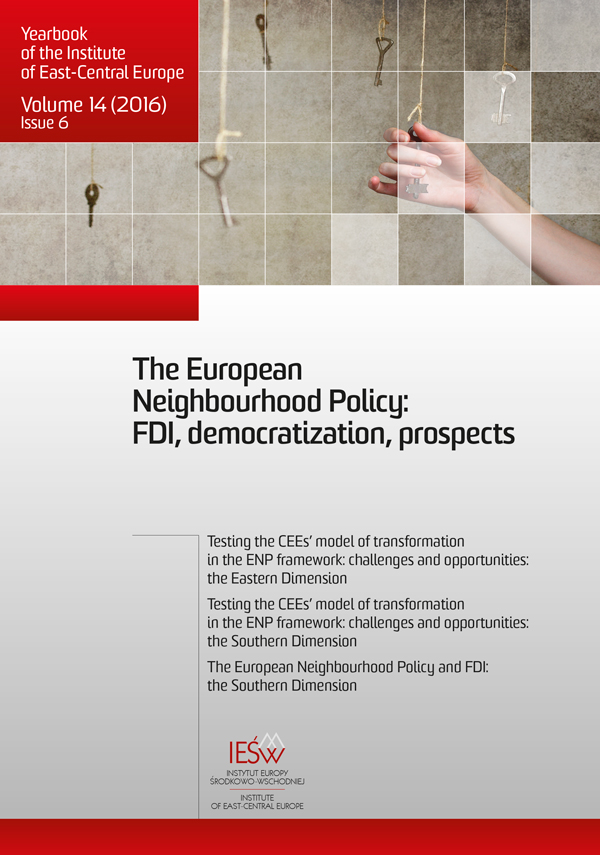The idea of East-Central Europe and its role in shaping the logic behind Eastern Partnership
The idea of East-Central Europe and its role in shaping the logic behind Eastern Partnership
Author(s): Mirosław FilipowiczSubject(s): International relations/trade, Transformation Period (1990 - 2010)
Published by: Instytut Europy Środkowej
Keywords: East-Central Europe; ideas; Russia; Eastern Partnership (EaP); Oskar Halecki
Summary/Abstract: The EaP embodies a potent idea and a policy-framework that equips the EU with a set of tools to address the specificity of the EU’s eastern neighbours, certainly apart from Russia. The EaP presents itself in this context as a seminal, even if largely implicit, attempt to consolidate the idea of East-Central Europe as an entity that is culturally and politically independent from Russia. Paradoxically, the concept and, indeed, the idea of East-Central Europe have not been as firmly established in the popular consensus as the inhabitants of the area in question would have assumed even in the late 20th century. Indeed, following the collapse of communism in 1989, a simple mention by the political establishment, e.g. in Poland, of its prospective European integration, was received by many in so-called West with an unease. It has taken another nearly three decades for the idea of cultural and political distinctiveness of East-Central Europe to be recognized. Still, the case of Ukraine suggests that it is far from being consolidated. Therefore, if our concern today is Ukraine, but also Russia and its European vocation, it is necessary that the ideas that have shaped the prevailing conception of the region and its identity are re-thought. The objective of this paper is to do just that.
Journal: Rocznik Instytutu Europy Środkowo-Wschodniej
- Issue Year: 14/2016
- Issue No: 6
- Page Range: 69-86
- Page Count: 18
- Language: English

